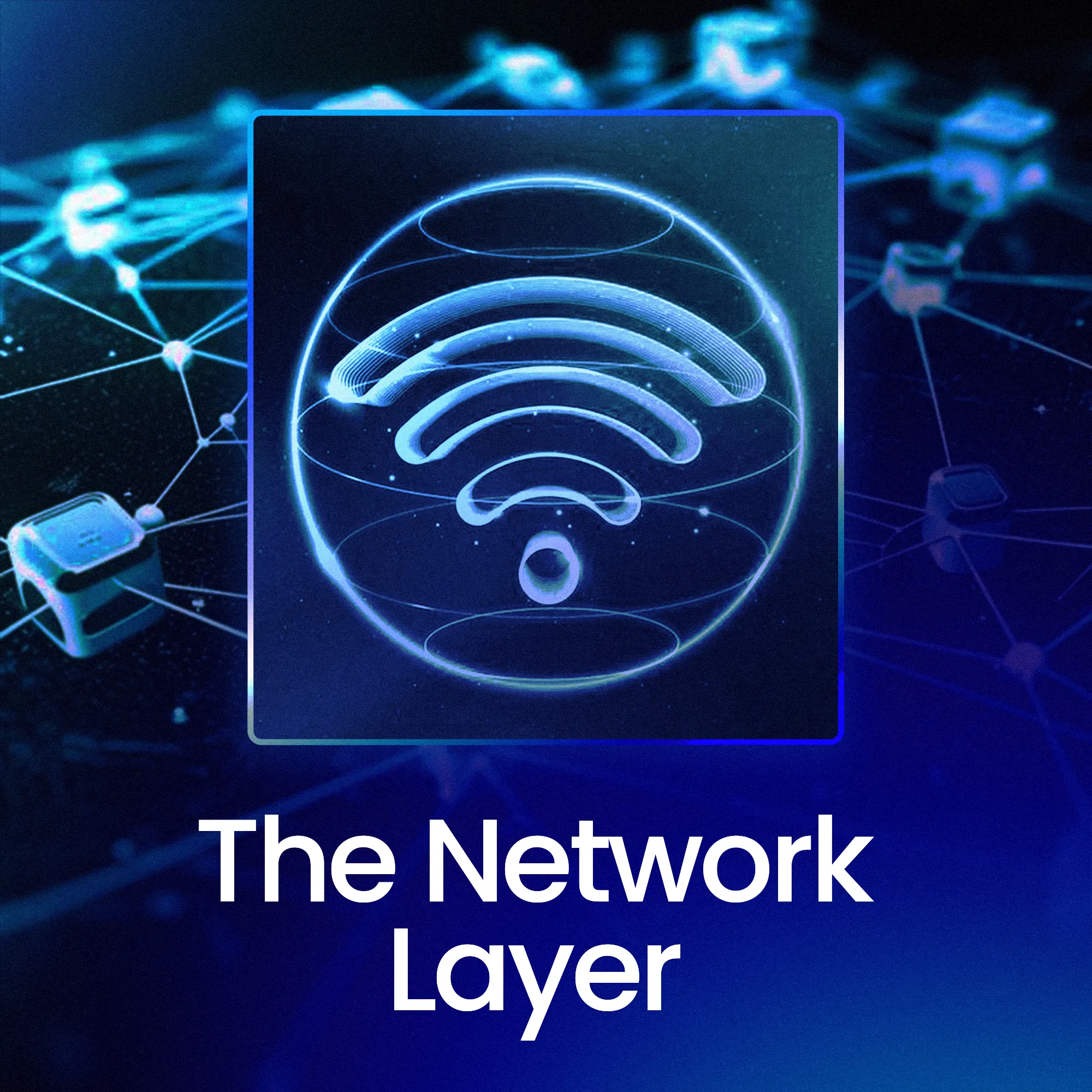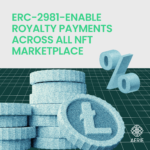The Network Layer: The Heartbeat of Blockchain Connectivity

Continuing our deep dive into blockchain technology, you’re already familiar with its transformative nature — boasting transparency, security, and decentralization. But what powers the seamless communication within this decentralized world? Let’s unravel another layer, one that often remains behind the scenes but is undeniably vital: the Network Layer.
The Network Layer’s Vital Role
The Network Layer of a blockchain serves as the backbone for communication between nodes in the network. Picture the Network Layer as the ultimate social connector in the digital realm, the lifeblood of communication in the blockchain world. It connects the distributed participants, ensuring they can seamlessly share information, validate transactions, and reach consensus. Let’s delve deeper into why the network layer is so crucial:
1. Peer-to-Peer Communication
You know how we value one-on-one chats without someone eavesdropping? Blockchain is inherently decentralized, meaning there’s no central authority or server managing transactions. Instead, every participant runs a node with a copy of the entire blockchain. That’s the essence of blockchain. The network layer enables these nodes to communicate directly with each other, forming a peer-to-peer network. This design fosters trust and eliminates the need for intermediaries.
2. Data Propagation
When you’re making, say, a cryptocurrency transaction, the network layer is responsible for propagating this transaction across the network. After a group agreement (called consensus), the transaction is added to a block and broadcasted to all nodes. This ensures that all participants have access to the latest transaction history, maintaining the integrity of the blockchain.
3. Peer Discovery
For nodes to communicate, they must first discover each other. That’s where our trusty Network Layer steps in, acting like a friendly matchmaker introducing nodes to each other. The network layer facilitates peer discovery through various mechanisms. Some blockchains use bootnodes or seed nodes that help nodes find initial peers. Once connected, nodes can exchange information about other peers in the network.
4. Security Measures
Security is fundamental in blockchain, and the network layer plays a big role in ensuring it. The Network Layer ensures messages between nodes are encrypted. Data transmitted between nodes are encrypted to protect it from uninvited parties to ensure confidentiality and integrity. Cryptographic techniques, such as digital signatures, are used to verify the authenticity of messages and data.
5. Consensus Mechanism Support
Nodes need to agree on the blockchain’s status. The network layer collaborates closely with the consensus layer, which helps nodes participate in the consensus process by allowing them to propose and validate new blocks. The Network Layer acts as the conference call line, letting nodes discuss, propose, and validate new data additions.
6. Scalability Solutions
As blockchain networks grow, they often face scalability challenges, leading to congestion and slower transactions. One such example was the Ethereum network, which, during high-traffic periods, has experienced increased transaction fees and longer confirmation times. The network layer is instrumental in implementing scaling solutions, such as sharding or off-chain channels, to alleviate these issues and increase the network’s capacity.
7. Interoperability
In an interconnected world, blockchain networks need to communicate with each other or with external systems. The network layer include protocols and gateways to facilitate interoperability, allowing different blockchains to exchange information and assets seamlessly.
Wrapping Up
Reflecting on our exploration, it’s evident that the Network Layer is more than just a behind-the-scenes actor in the blockchain theater. It stands as the bridge connecting disparate nodes, ensuring trust, transparency, and timely communication. It isn’t just the foundation; it’s the powerhouse behind every transaction, every agreement, and every communication, ensuring everything transpires with utmost integrity. As we continue to embrace the transformative power of blockchain in various sectors, the importance of understanding and appreciating the Network Layer becomes even more pronounced.
As blockchain networks grow in size and complexity, so will the challenges and demands on the Network Layer. But with ongoing innovations and research in this domain, we can look forward to even more efficient, secure, and interconnected decentralized systems. Here’s to the heart of blockchain — the Network Layer — and its pivotal role in driving a more transparent and decentralized future!









